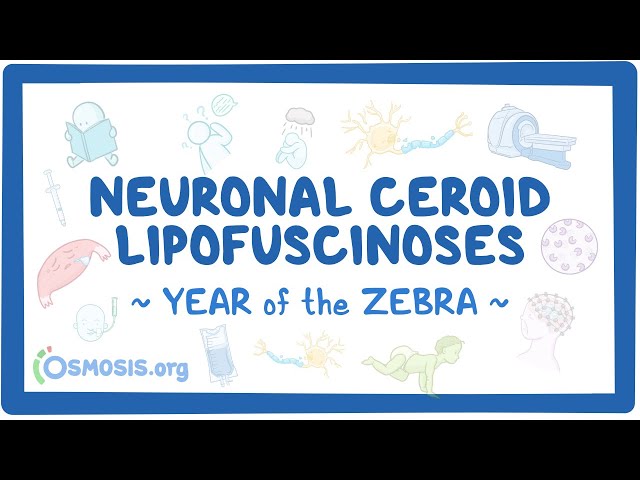UN's Summit of the Future 2024: Paving the Path for SDG Resources
The 75th anniversary of the UN, marked by global challenges like COVID-19, climate change, and tech advancements, inspired nations to rethink the course of our shared future. With the globe's interwoven destiny evident, nations rallied for a strengthened global governance system.
Purpose of the Summit
Additive Manufacturing Materials and Technologies, 3D Printing in Biotechnology, Elsevier, 2024, Pages 181-190
This chapter aligns with SDG Goal 3: Good Health and Well Being by discussing the environmental, economic, and social sustainability potential of 3D printing in biotechnology to provide a comprehensive understanding of this novel technology.
Wetzel's Limnology (Fourth Edition): Lake and River Ecosystems - Chapter 26: Shallow Lakes and Ponds
Wetzel's Limnology, Fourth Edition: Lake and River Ecosystems, 2024, pp 859-892


